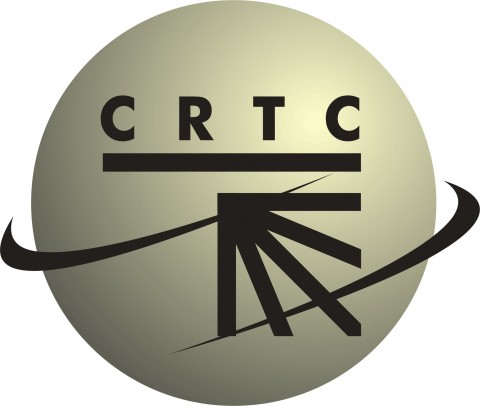
OTTAWA-GATINEAU – Despite a spike in mobile and Internet TV viewing, the time that Canadians spent viewing traditional television in 2014 held steady, says the third and final installment of the CRTC’s 2015 Communications Monitoring Report.
The report, released Thursday, provides an overview of the Canadian broadcasting industry for the year ended August 31, 2014. The Commission previously released reports on the communication system and the telecom sector.
While the time spent watching conventional television declined slightly across all age groups in 2014, the overall average remained stable at 27.4 hours each week compared to 27.9 hours in 2013, according to the report. Canadians aged 18 and over also watched 2.7 hours of television content over the Internet, an increase from 1.9 hours the previous year. Some 8% of Canadians report watching television exclusively online.
The percentage of Anglophones who watched Internet video content on a tablet grew from 20% in 2013 to 26% in 2014, while among Francophones, it increased from 16% to 25% during the same period. The percentage of Anglophones who watched Internet video content on a smartphone also grew, jumping from 23% in 2013 to 38% in 2014, while it increased from 16% to 27% during the same period among Francophones.
The percentage of Canadian households subscribing to cable, satellite or Internet Protocol television (IPTV) services dipped from 83.7%, or 11.8 million households, in 2013 to 82%, or 11.6 million households, in 2014. IPTV grew more than four-fold to over 1.7 million subscribers in the last five years, continues the report.
Canadians also had access to a variety of radio stations and audio services. The total number of authorized radio services in 2014 was 1,107, including 846 English-language services, 222 French-language services and 39 services in other languages.
There was a small decline in the average time spent listening to radio stations across all age groups. As a result, Canadian listeners in markets measured by diaries consumed 18.8 hours of radio content per week in 2014, compared to 19.3 hours in 2013. Twenty-two percent of Canadians also streamed an AM or FM station's signal online, up from 20% in the previous year.
Total broadcasting revenues increased 1.4% in 2014 to reach $17.3 billion. The sector invested nearly $3 billion in the creation of new television content made by Canadians, as well as nearly $60 million in new Canadian audio content and to support Canadian artists.
Other highlights from the report include:
Television
– In 2014, there were 663 authorized television services, including 392 English-language services, 84 French-language services and 187 services in other languages.
– The adoption of television content over the Internet among Anglophones grew from 42% in 2013 to 47% in 2014, while among Francophones it increased from 39% to 42% during the same period. Nationally, 46% of adults watched Internet TV in 2014.
– Revenues for the television sector increased by 2%, from $6.5 billion in 2013 to $6.6 billion in 2014.
Radio
– The percentage of Canadians that subscribe to satellite radio grew from 15% in 2013 to 16% in 2014.
– The percentage of Canadians who streamed a personalized Internet music service was unchanged at 18%.
– Revenues for the radio sector held steady at $1.61 billion in 2014, a 0.5% decrease from $1.62 billion in revenues in 2013.
Television service providers
– Sixty-three percent of television service subscribers had a cable subscription, 22% a satellite subscription and 15% had an IPTV subscription.
– Canadian households spent an average of $53.95 per month in 2014 on television services provided by a cable, satellite or IPTV company.
– Revenues for television service providers increased by 1.4% from $8.9 billion in 2013 to $9 billion in 2014.



